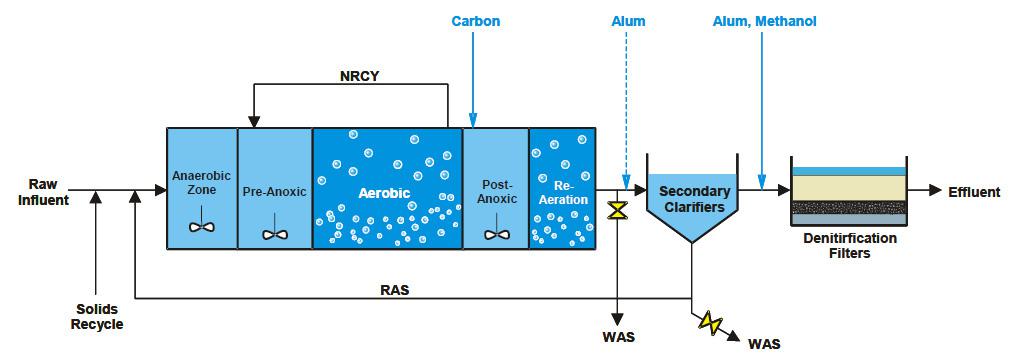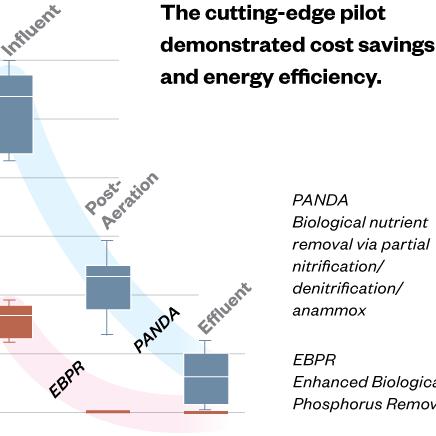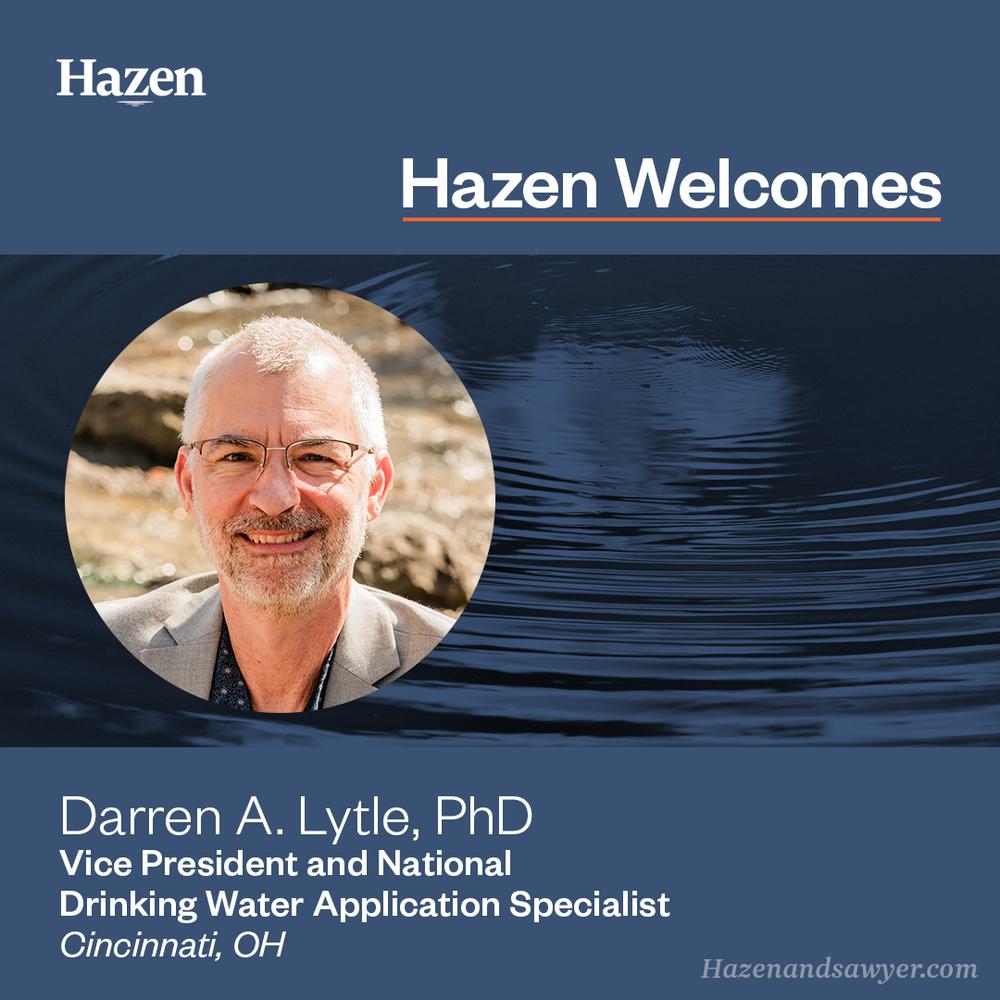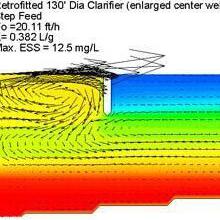Advantages and Disadvantages of Glycerin Based on Experiences at Five Full-Scale BNR Plants
Last Modified Aug 01, 2022
In January 2011, many treatment plants in the Chesapeake Bay watershed began meeting stringent total nitrogen (TN) and total phosphorus (TP) standards. In order to comply with the TN limits, many of these facilities rely on purchased supplemental carbon to aid denitrification. Several of these facilities opted to start their process with glycerin instead of methanol because glycerin is a safer, albeit more costly (based on current pricing), alternative.
Related Topics:
Pilot Test Results
Nitrate to nitrite reduction rate using glycerin as the electron donor is much faster than the rate at which nitrite is converted to nitrogen gas.

Recently, it has been found that the nitrate to nitrite reduction rate using glycerin as the electron donor is much faster than the rate at which nitrite is converted to nitrogen gas (Uprety, 2012). As a result of this preferential reduction of nitrate, nitrite accumulation has been consistently observed in lab-scale system mimicking 5-stage biological nutrient removal facilities (Uprety, 2012). In these lab-scale studies, nitrite accumulation could be further exaggerated if the glycerin dose is not sufficient to completely denitrify (NOx-N < 1 mg/L) the nitrate load entering the second anoxic zone (Uprety, 2012) and the effect was magnified as the biomass acclimated to glycerin. Further, it was found that even when the carbon was dosed at the stoichiometric rate required to fully denitrify the nitrate load, preferential nitrate reduction and subsequent nitrite accumulation were observed. In this system, the only strategy that resulted in complete denitrification was an overdose of glycerin (> 6:1 ratio), which would result in several issues for full-scale facilities including but not limited to increased operating costs.
This paper will present observations and lessons learned from using glycerin for denitrification at five biological nutrient removal (BNR) plants in Virginia; and document findings that indicate:
- Glycerin addition improves biological phosphorus removal (BPR) in full-scale facilities.
- Extended glycerin use in full-scale facilities results in increased carbon demand per pound of nitrate removed.










